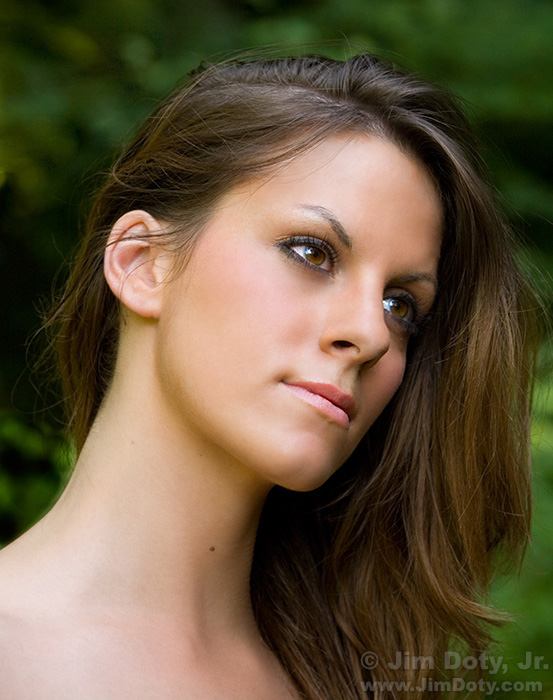
Soft light is portrait light. If I step outside on a soft light kind of day, three kinds of photography come to mind: small intimate landscapes, flower portraits, and people portraits.


Soft light is portrait light. If I step outside on a soft light kind of day, three kinds of photography come to mind: small intimate landscapes, flower portraits, and people portraits.
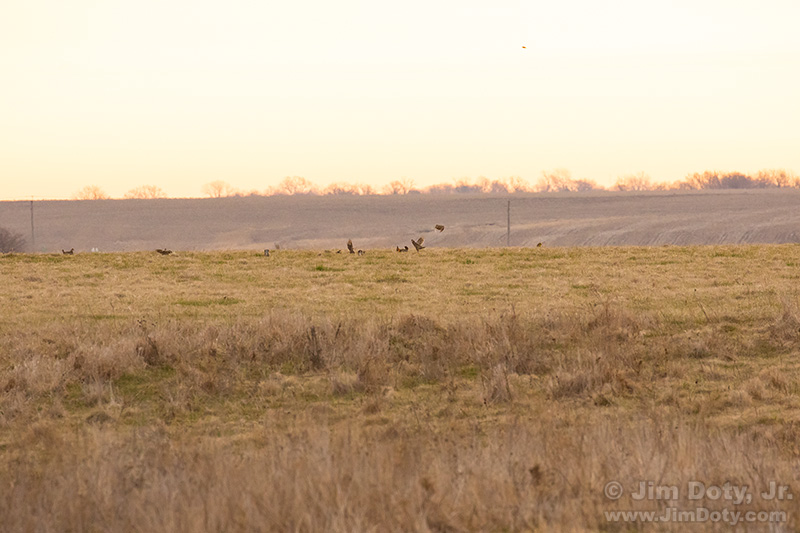
I figured it was pretty much an exercise in futility to try and photograph prairie chickens that were over 400 yards away, but I did it anyway. Why not? You have nothing to lose. If the photos don’t come out, no one needs to see them. Or they might end up being an illustration for a blog article (wink).
Your camera is in love with middle gray. The quicker you learn how to deal with this infatuation, the better your photos will look, including all of your color photos.
The exposure compensation scale on your camera is one of the keys to mastering exposures, getting better images, and ending up with professional quality colors. This means taking your camera off of full auto mode and taking control of your own exposures.
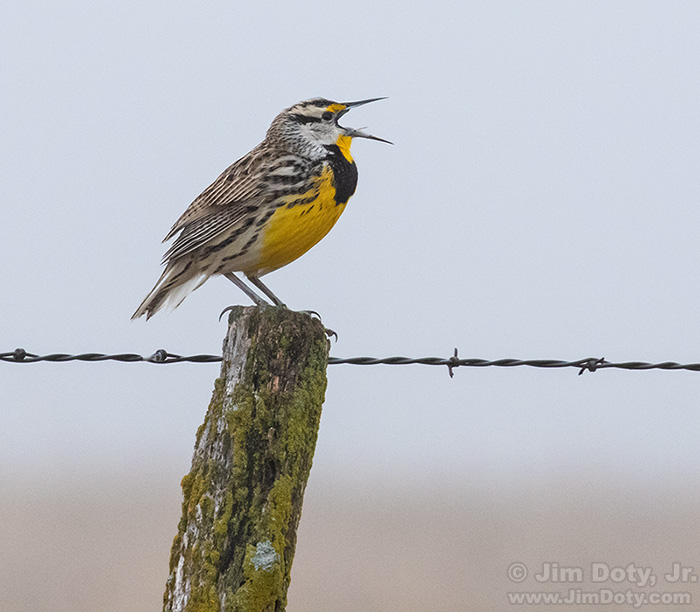
My goal was to see prairie chickens. But it was cool and foggy and there were no prairie chickens to be seen at the Kellerton Iowa Bird Conservation Area. So I turned my attention elsewhere.
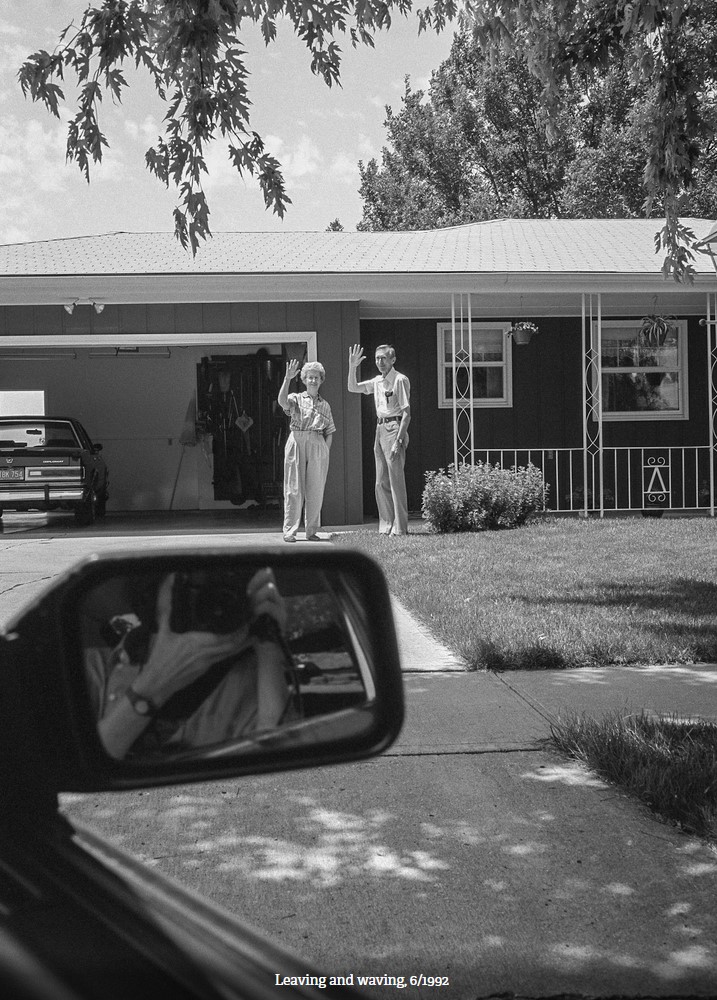
It all started in 1991. As Deanna Dikeman left her parents home in Sioux City Iowa to drive home, she took a picture of her parents waving goodbye. She didn’t start with the intention of it becoming a series, a photographic project. But it became a thing. She created images every year for 27 years.
You can create high quality, high resolution digital images of analog prints, and you can do it at home on the road without having a flatbed scanner and computer with you. You probably have everything you need with the possible exception of a couple of small, inexpensive accessories (less than $10 each). This article will show you what to do, step by step.
Are you planning a spring photography trip to some U.S. national parks? Where should you go? Which parks will provide the best photographic opportunities? Which parks are at their best in the spring?
If I could go on a fabulous spring photography trip to the national parks of my choice, with no time limit and all expenses paid, which ones would I pick? Here are my choices, grouped by state from west to east. This list includes the favorites I have been to and want to go back to again, plus the ones I haven’t seen and most want to photograph.
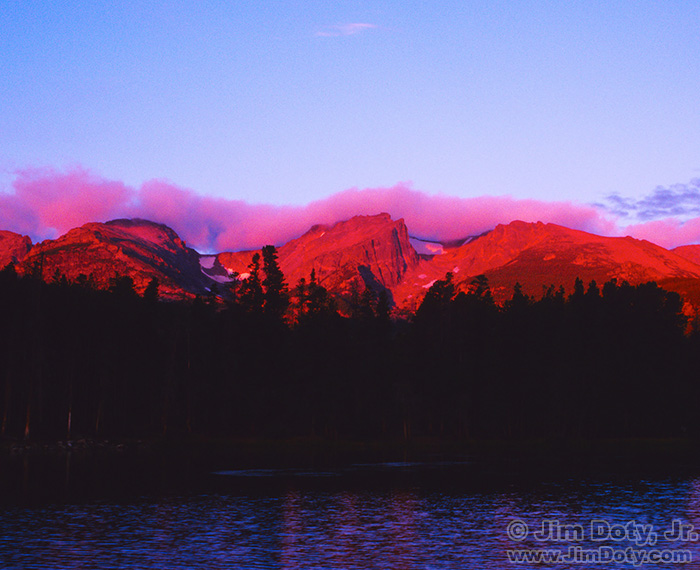
When I go out to shoot, I don’t ask, “What will I take today?” But rather, “What will I be given today?” – Minor White
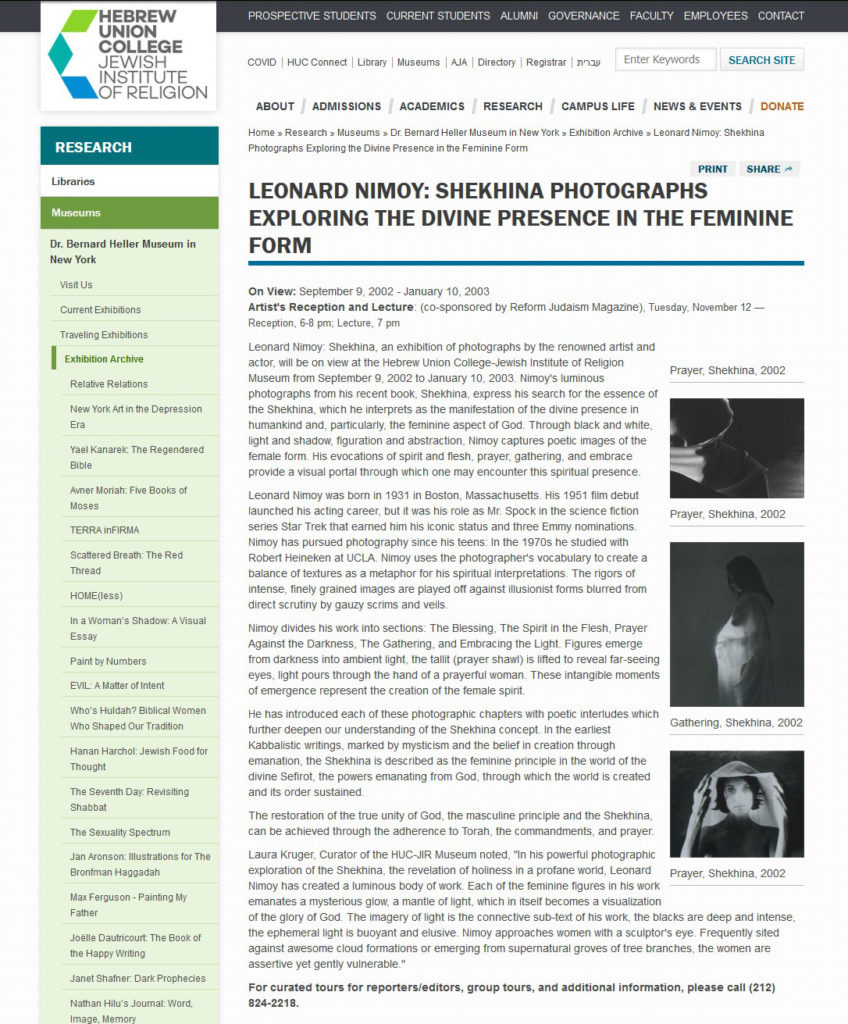
This page used to be at the Hebrew Union College web site, but that page no longer exists. This is a screen capture of the page as it used to exist. To learn more about this exhibit and to see more of Nimoy’s images, go to my article, “Remembering Leonard Nimoy, The Photographer”.
Link
It’s been five years. We all knew Leonard Nimoy as an actor, but in the art world he was also known as an accomplished photographer. He will be missed.
His best known photography exhibition, “Shekhina”, has been highly praised (links below). The exhibit has also been controversial due to the nude imagery so be advised before you read further down the page.

Hans (left) and Sophie Scholl with Cristoph Probst (right), leaders of “The White Rose” resistance movement. Munich Germany, July 1942.
77 years ago, February 22, 1943, Hans Scholl, his sister Sophie, and their friend Cristoph Probst were executed by the Nazis.

Ansel Adams in front of “Monolith: The Face of Half Dome, 1927”. Photographed in his home Dec. 2, 1980.
Ansel Adams was born February 20, 1902. He is “the” icon of American landscape photography. Trained as a concert pianist, his love of photography and time spent in Yosemite National Park led him to a career change.
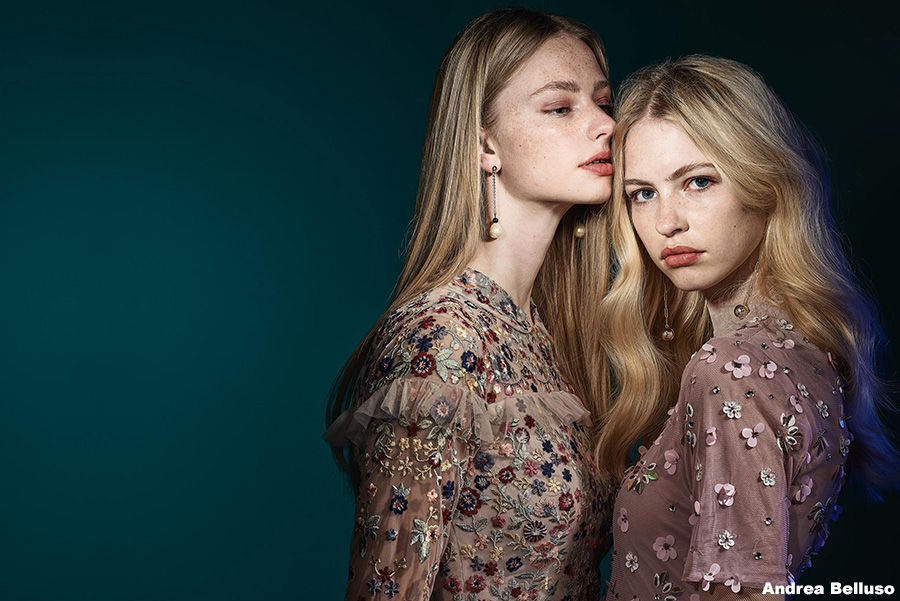
Read this article and learn from the photos, the advice Andrea Belluso gives, and the illustrations that show you how he set up the lights for each image.
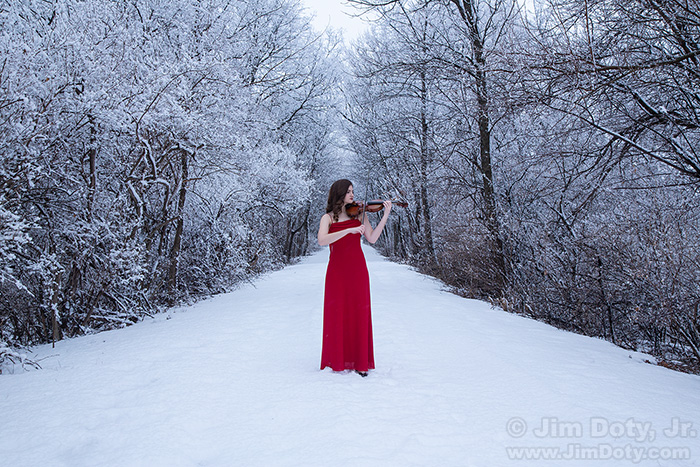
A couple of weeks ago, Beth and I went out into the cold and snow to create images. She played her violin while I took pictures. For that shoot she wore her long black concert dress. Since then, much of the snow has melted in southern Iowa. If another day came along with the right conditions we wanted to shoot again.
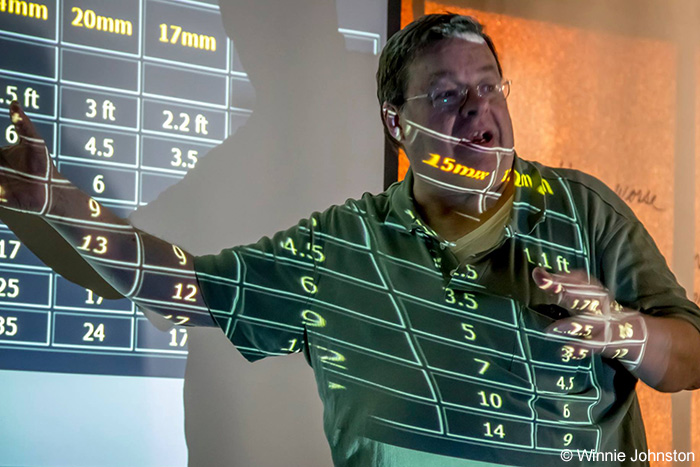
It takes time and effort to improve your photographic skills. Ask any first rate working professional. But there can be people and events that happen along the way that become the catalyst to becoming a better photographer. Several people and events changed my life as a photographer.
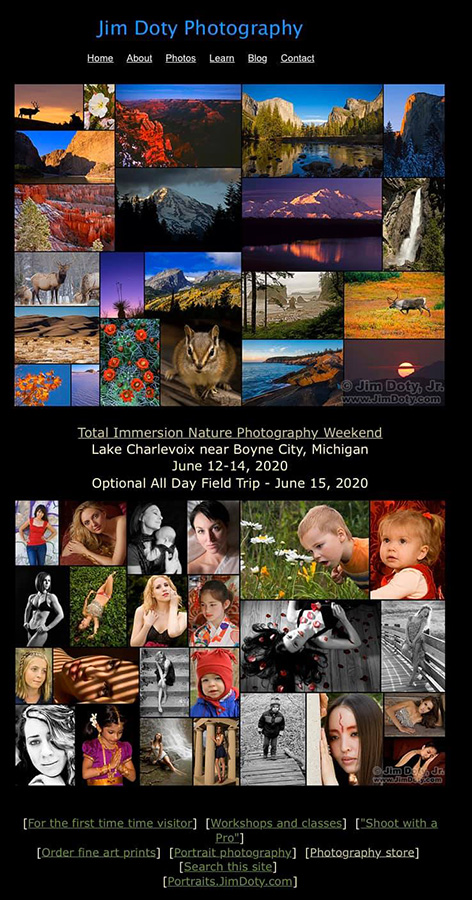
Some time yesterday, February 10, my web site at JimDoty.com rolled past 7 million page visits. That is small potatoes compared to hugely popular sites, but for me that is a big milestone.
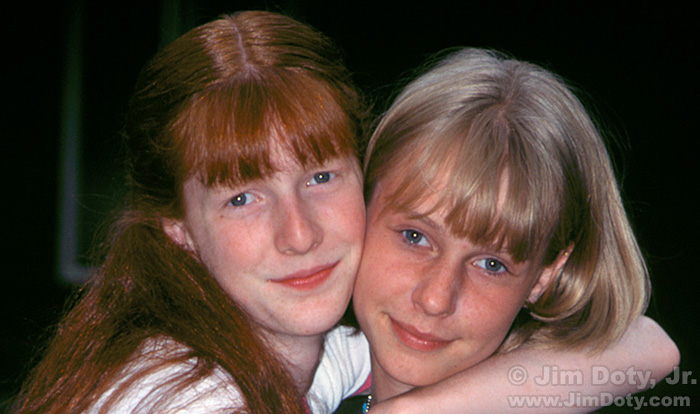
Thanks to Kim (on the left), I am a published book author. And therein lies a tale.
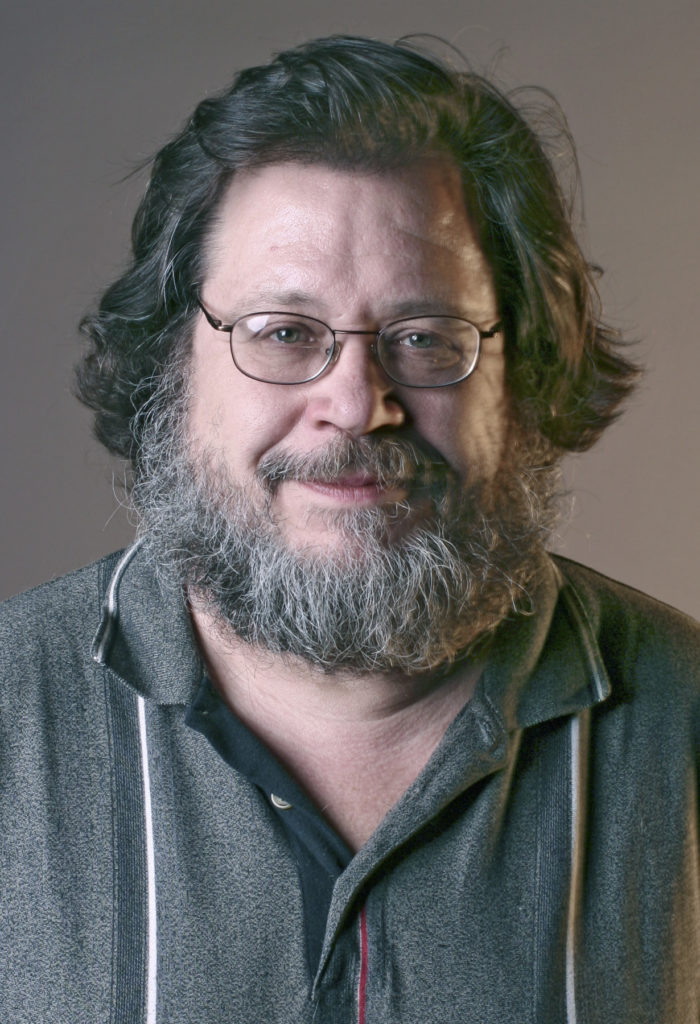
As a surprise gift, my thoughtful wife signed me up for a black and white printing class taught by Jim Riegel at the Kalamazoo Institute of Arts (KIA). It took me back a bit because I was a color slide photographer at the time and had never used black and white film, but I went.
When I met Mike Baroli I was a happy snapshooter. He gets much of the credit for turning me into a photographer.
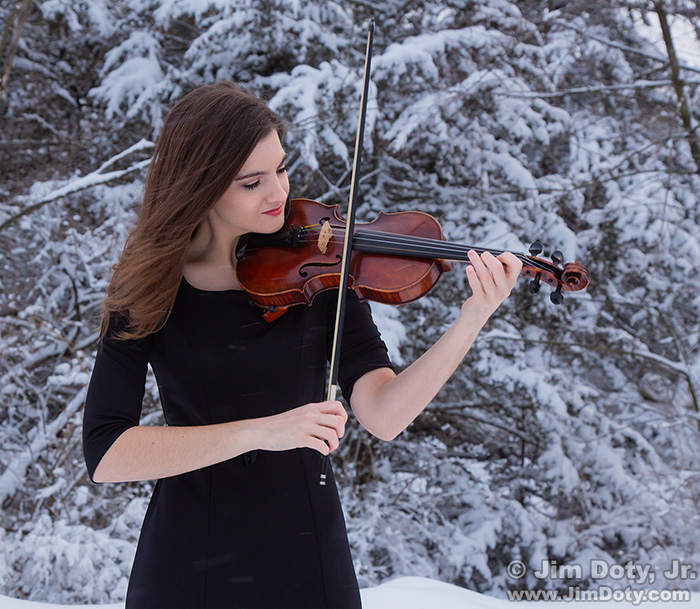
It was my happy privilege to do winter portraits of Beth Presler who is a superb violinist. This article has suggestions for photographing any musician on a cold, snowy winter day.

One of the ways to answer that question is to look at hard drive failure rates from a company that uses over 100,000 hard drives.
Park rangers said the photographer did nothing wrong in this incident which happened in Great Smoky Mountains National Park. At the end of this video the elk starts to drag off the photographer’s gear. Much to the regret of the photographer in the video and the photographer that took this video, the elk was put down. This elk kept approaching people due to being fed by park visitors so it was put down.
When I am traveling with my highly trained and high paid photographic assistant it is his job to remove trash barrels when they are in the way, cut down trees that spoil my view, run out into the meadow and scare off the cow elk that are in front of the bull elk I want to photograph, rip boards off of old barns that don’t look quite distressed enough, pull on the whiskers of a sleeping cougar to wake it up, and cut down utility lines that are obstructing a clear view of my subject. But he wasn’t with me on this trip due to sitting in jail over a minor incident in Yosemite. So I had a challenge on my hands that I had to solve myself.
I am kidding, of course. The prior paragraph was inspired by really crazy things a few photographers do but shouldn’t be doing.
A simple change of background can turn a disappointing wildlife photo into a great one. Professional wildlife photographers think about backgrounds all the time and do everything they can to improve the background. Less experienced wildlife photographers are so excited to find an interesting creature that they give the background precious little thought.
What is a Snowy Owl expedition really like? This article is your chance to find out. Join me for a two day photo safari! I give you tips and photo suggestions along the way, and you get to see how I prepare, plan, and adapt on a photo trip. I tell you what went right and what went wrong so this is also about what to do when things don’t go according to plan.
Winter is your opportunity to photograph Snowy Owls. When it is cold enough and there is enough snow cover, snowy owls move down into the northern U.S. The colder it is the farther south they move. If conditions are right, don’t delay. If the winter turns warmer the snowy owls will head back north.
If there are cold enough temperatures and plenty of snow cover on the ground, the northern United States has a winter invasion of Snowy Owls. These are magnificent creatures and well worth your photographic time and attention. This series is filled with tips on how to find and photograph snowy owls.